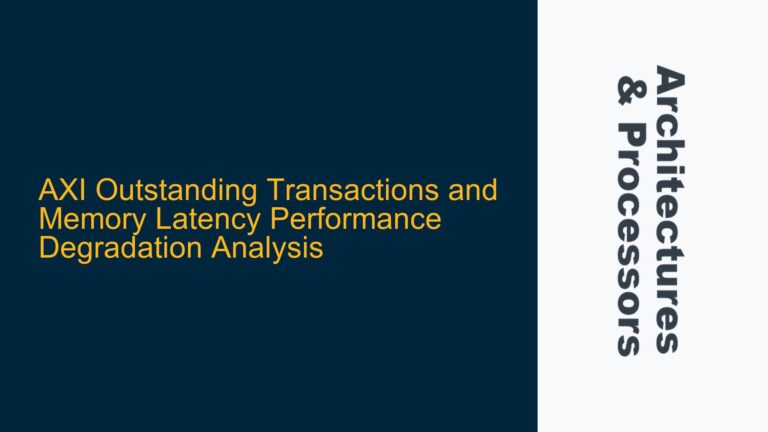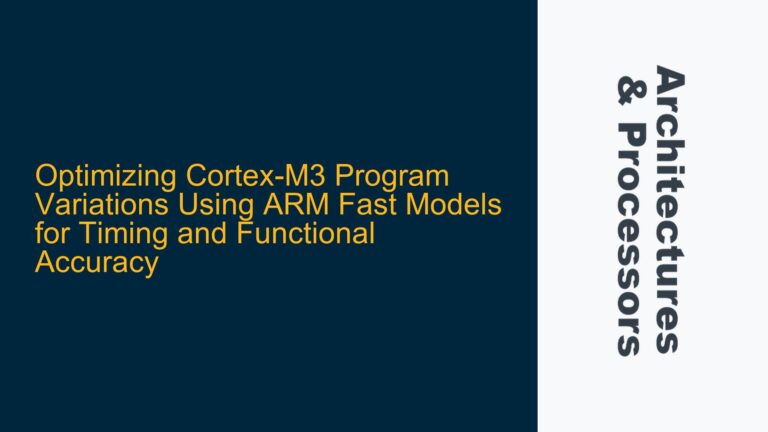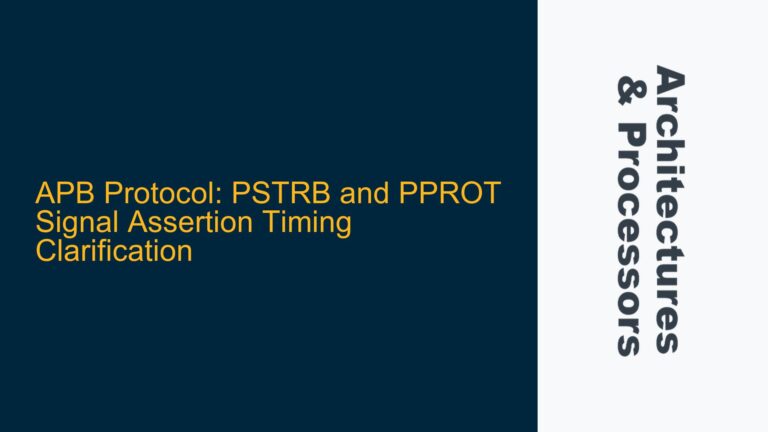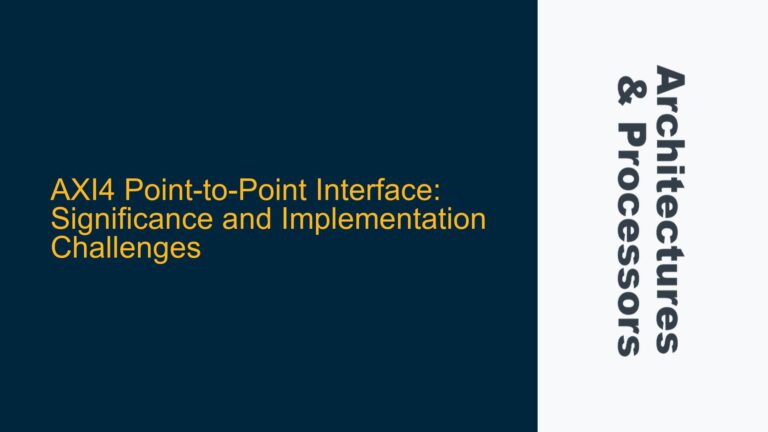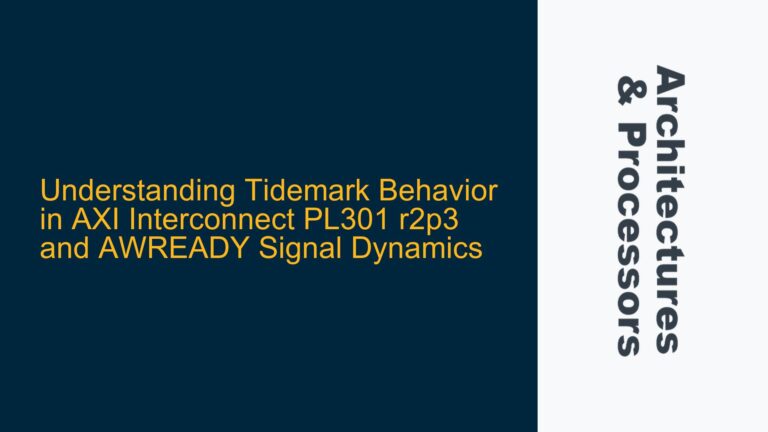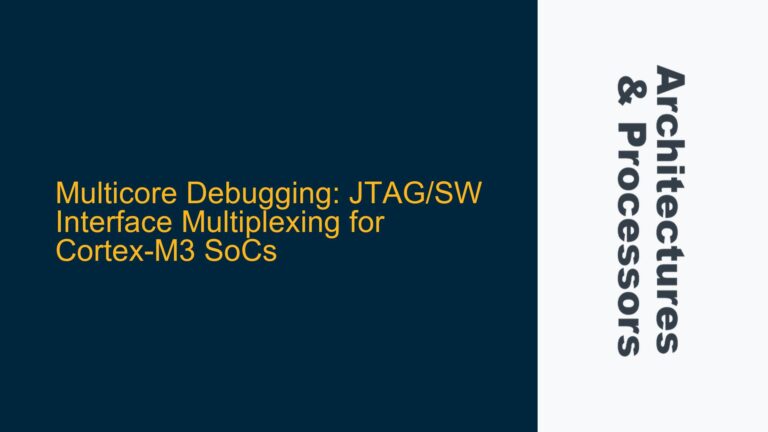AXI Outstanding Transactions and Memory Latency Performance Degradation Analysis
AXI Outstanding Transactions and Memory Latency Impact on Read/Write Symmetry The core issue revolves around the performance implications of AXI (Advanced eXtensible Interface) outstanding transactions when interfacing with a memory subsystem that exhibits variable latency characteristics. Specifically, the concern is whether read and write transactions will exhibit symmetrical latency behavior when the memory subsystem has…
